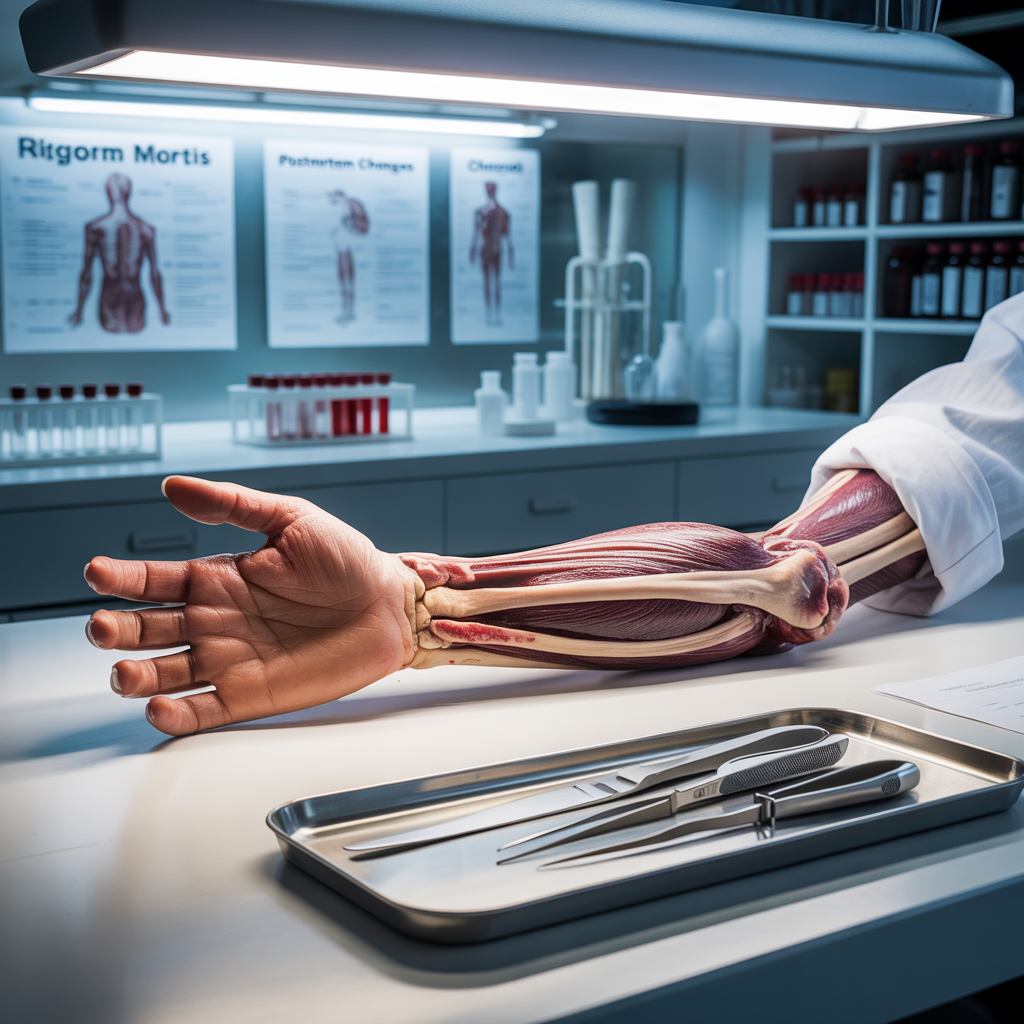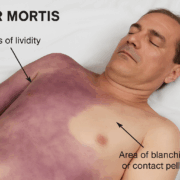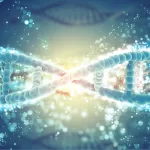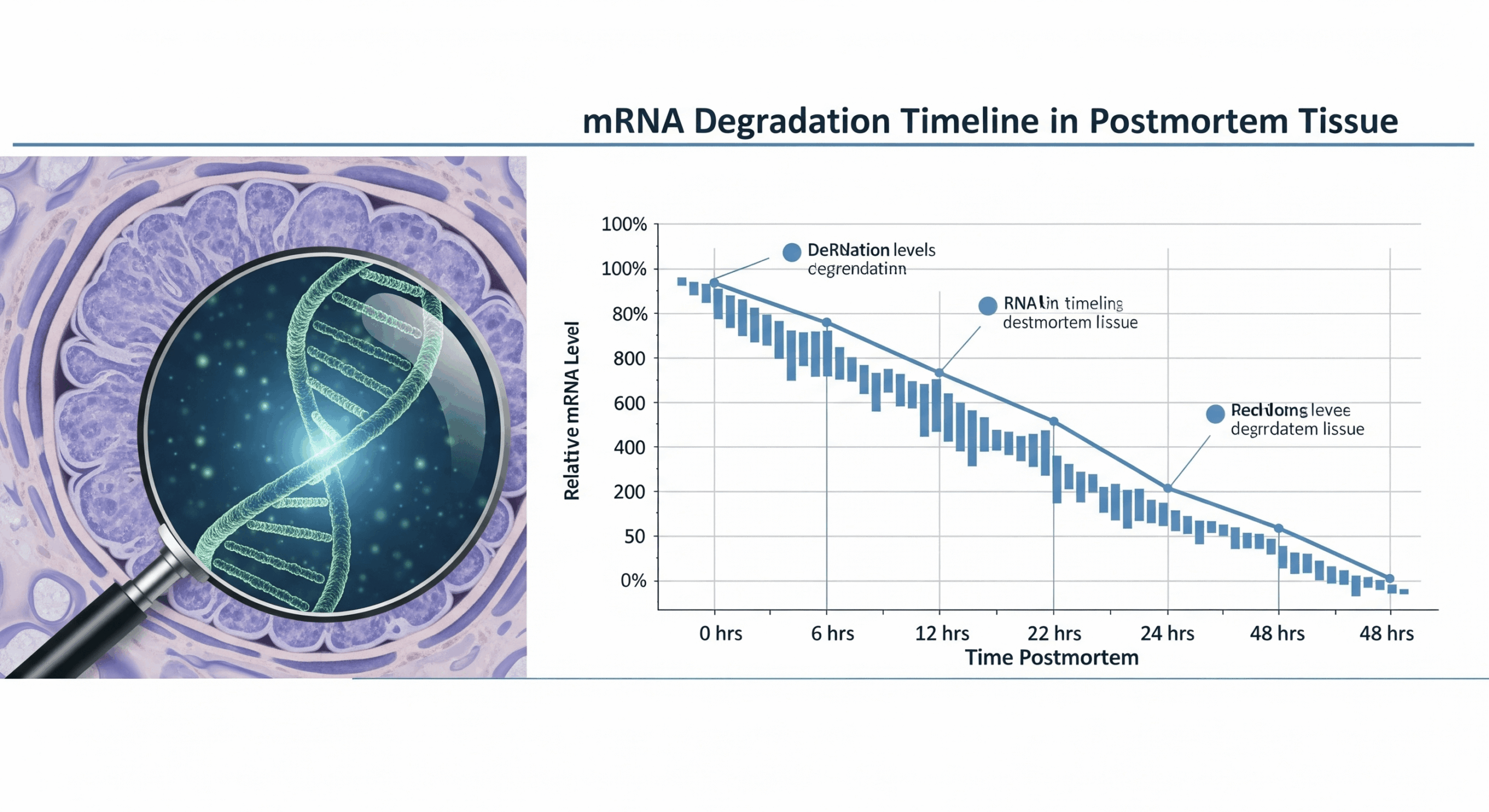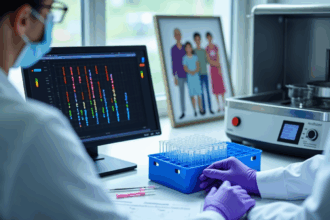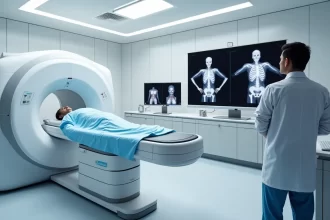In the immediate aftermath of death, the human body undergoes a series of predictable physical and biochemical transformations. Among these post-mortem changes, rigor mortis is arguably one of the most recognizable and forensically significant. Known colloquially as “the stiffness of death,” rigor mortis refers to the stiffening and rigidity that develops in the muscles of a deceased body, accompanied by a slight degree of shortening. This involuntary muscular stiffening is a critical phenomenon in forensic medicine and pathology, offering invaluable clues in death investigations.
- Mechanism of Occurrence: The Biochemical Basis of Rigor Mortis
- Phases and Progression of Rigor Mortis: A Time-Sensitive Indicator
- Factors Influencing the Formation and Duration of Rigor Mortis: A Complex Interplay
- Medicolegal Importance of Rigor Mortis: Crucial Forensic Applications
- Conclusion: Rigor Mortis – A Cornerstone of Forensic Death Investigation
While widely known, the precise"Precise" refers to the degree of closeness or consistency between multiple measurements or values taken under the same conditions. It indicates how well these measurements agree with each other, regardless of whether they are accurate Read Full Definition onset, progression, and resolution of rigor mortis are influenced by a complex interplay of internal and external factors. Understanding these nuances is crucial for forensic professionals seeking to interpret the scene, estimate the post-mortem intervalThe post-mortem interval (PMI) is the time that has elapsed since an individual's death. When the time of death is not known, the interval may be estimated, and so an estimated time of death is established. Read Full Definition (PMI) – the time since death – and unravel the circumstances surrounding a fatality. This article will thoroughly explore the intricate biochemical mechanism underlying rigor mortis, the factors that influence its formation and duration, and its profound medicolegal importance in forensic science
Mechanism of Occurrence: The Biochemical Basis of Rigor Mortis
To comprehend rigor mortis, we must first understand the basics of muscle contraction and relaxation during life. Muscle fibers are composed of bundles of myofibrils, which, in turn, contain two primary protein filaments: actin (thin filaments) and myosin (thick filaments). During life, these filaments are arranged in an inter-digitating, sliding array, enabling muscle movement. Muscle relaxation and flexibility are actively maintained by the continuous availability of adenosine triphosphate (ATP), the body’s primary energy currency. ATP binds to myosin heads, causing them to detach from actin, allowing muscles to relax and remain pliable.
The onset of rigor mortis is directly linked to the cessation of ATP production after death:
- Cessation of Respiration and Circulation: Upon death, the body’s vital metabolic processes, including cellular respiration (which generates ATP), cease. Blood circulation stops, halting the delivery of oxygen and nutrients to cells.
- Anaerobic Glycolysis: Initially, some ATP can still be produced through anaerobic glycolysis (breakdown of glycogen without oxygen), leading to the accumulation of lactic acid.
- ATP Depletion: As oxygen is no longer available and glycogen reserves are exhausted, the production of ATP rapidly declines. The existing ATP is quickly consumed by residual cellular processes.
- Formation of Actin-Myosin Cross-Bridges: Without sufficient ATP, the myosin heads, which form cross-bridges with the actin filaments, can no longer detach. The muscle fibers become locked in a contracted or semi-contracted state.
- Muscular Rigidity: This persistent binding of actin and myosin filaments, due to the lack of ATP for detachment, results in the characteristic stiffness, loss of elasticity, and inextensibility of the muscles, which is defined as rigor mortis.
This process transforms soft, supple muscle fibers into a rigid complex, marking a significant step in the post-mortem continuum.
Phases and Progression of Rigor Mortis: A Time-Sensitive Indicator
Rigor mortis typically follows a predictable timeline, though this can be highly variable as detailed below. It is generally observed in three phases:
- Onset Phase (2-4 hours after death):
- The first signs of stiffening usually appear in smaller muscles, such as those of the eyelids, jaw, face, and neck.
- This initial phase might be subtle and not immediately apparent to an untrained observer.
- Established/Full Rigor Phase (6-12 hours after death):
- Rigor mortis progressively spreads to larger muscle groups, including the trunk, arms, and legs.
- The entire body becomes stiff and rigid, making it difficult to manipulate the limbs or joints. The body’s position often reflects its position during the onset of full rigor.
- Resolution/Passing Off Phase (24-36 hours after death):
- As proteolytic enzymes (enzymes that break down proteins) begin to act on the muscle fibers, the actin-myosin cross-bridges start to degrade.
- The muscles gradually relax and become flaccid once again. The resolution typically follows the same order as its onset, starting in the smaller muscles and progressing to the larger ones.
- The body returns to a state of secondary flaccidity, a part of the broader decomposition process. Read our Article, “Understanding the Stages of Decomposition in the Human Body,” to learn about the changes to the human body after death.
Factors Influencing the Formation and Duration of Rigor Mortis: A Complex Interplay
The “rule of thumb” timings for rigor mortis are generalizations. In forensic practice, numerous factors must be considered, as they significantly influence the onset, progression, and duration of this post-mortem change:
- Environmental Temperature (Ambient Temperature):
- Warmer Temperatures Accelerate biochemical reactions. Rigor mortis will develop more rapidly and pass off more quickly in warmer environments (e.g., in tropical climates like parts of India, or indoors with heating). Higher temperatures also hasten the overall decomposition process, leading to earlier resolution.
- Colder Temperatures: Slow down biochemical reactions. Rigor mortis will take longer to develop and will last longer in colder environments (e.g., in cold climates, in refrigeration, or outdoors during winter). Cold temperatures also slow down decomposition, thereby prolonging the duration of rigor.
- Age:
- Fetus & Infants: Rigor mortis does not typically develop in a fetus younger than 7 months intra-uterine, as their musculature is underdeveloped and ATP reserves are minimal. In very young infants, rigor may be minimal or rapid.
- Elderly/Frail: In older individuals with reduced muscle mass and lower metabolic activity, rigor mortis tends to set in earlier and pass off more quickly.
- Children & Adults: Generally, rigor is more pronounced and follows typical patterns.
- Physique and Musculature of the Subject:
- Thinly Built/Weak Musculature: Individuals with less muscle mass and lower glycogen/ATP reserves will experience an earlier onset and more rapid resolution of rigor mortis.
- Well-Built/Strong Musculature: Muscular individuals with greater muscle mass and higher glycogen/ATP reserves will typically exhibit a later onset of rigor, which will then be more pronounced and persist for a longer duration.
- Cause of Death and Physiological State Before Death:
- Exhaustive Disease/Wasting Diseases: Conditions that deplete muscle glycogen and ATP stores (e.g., chronic illness, severe emaciation, prolonged struggle) often lead to an earlier onset and shorter duration of rigor mortis.
- Violent Convulsions/Intense Muscular Activity: Deaths preceded by intense muscular activity, such as convulsions (e.g., tetanus, strychnine poisoning, or some forms of electrocution) or a violent struggle, can cause rigor mortis to set in very rapidly, sometimes almost instantaneously. This rapid onset is due to accelerated ATP depletion. In cases of specific poisons like strychnine or cyanide, rigor tends to set in earlier and last longer due to their direct effects on muscle metabolism or the nervous system.
- Hypothermia/Hyperthermia: Extreme body temperatures at the time of death can significantly alter rigor development.
- Drugs and Medications:
- Certain drugs or medications can influence metabolic rates and muscle physiology, potentially affecting the onset and duration of rigor mortis. For example, some muscle relaxants or drugs affecting cellular metabolism could alter the process. However, this effect is often secondary to other factors.
Medicolegal Importance of Rigor Mortis: Crucial Forensic Applications
Rigor mortis is far more than just a visible sign of death; it is a critical piece of evidence
- Estimation of Post-Mortem Interval (PMI):
- Rigor mortis is one of the primary indicators used in the early stages after death to estimate PMI. By observing its onset, progression, and resolution in conjunction with other changes like algor mortis and livor mortis, forensic experts can provide a reasonable timeframe for when death occurred.
- While not an exact clock, it helps narrow down the possibilities, which is vital in establishing alibis or suspect timelines.
- Determination of Body Position After Death:
- Once rigor mortis becomes established, it “fixes” the body in the position it was in when rigor set in.
- Contact Flattening: If a body is lying on a surface (e.g., a floor, a bed), the pressure points against that surface will inhibit the formation of rigor mortis in those specific areas, leaving them softer. This “contact flattening” indicates the body’s position during the development of rigor.
- Body Relocation: If a body is found in a position inconsistent with its fixed rigor (e.g., rigor mortis is established in a supine position, but the body is found sitting upright), it strongly suggests that the body was moved after rigor mortis had set in but before it had fully resolved. This is a critical clue in cases of homicide or body disposal.
- Indicating Molecular Death of Muscles:
- The presence of rigor mortis signifies the molecular death of the affected muscle cells. It is a definitive sign that vital processes at the cellular level have ceased.
- Assessing Cadaveric Spasm vs. Rigor Mortis:
- Understanding the gradual nature of typical rigor mortis allows forensic professionals to identify a cadaveric spasm (instantaneous rigor) immediately. The absence of a primary flaccidity phase and the locking of muscles in an active pose differentiate the two, providing crucial clues about the circumstances of death, such as a struggle or a weapon being clutched at the exact moment of death. Our article “Cadaveric Spasm: An Ante Mortem Phenomenon with Post-Mortem Implications” details this crucial distinction.
- Evidence of Struggle or Defensive Wounds:
- While not direct evidence, a very early or intense onset of rigor, particularly in conjunction with other findings, can sometimes corroborate accounts of a struggle before death, as physical exertion rapidly depletes ATP.
Conclusion: Rigor Mortis – A Cornerstone of Forensic Death Investigation
Rigor mortis is a fundamental and critical post-mortem change that occurs in the body’s muscles after death. Its precise biochemical mechanism, involving the depletion of ATP and the sustained binding of actin and myosin filaments, provides a reliable and observable indicator of death.
The onset, progression, and duration of rigor mortis are influenced by a complex array of factors, including environmental temperature, the individual’s age and physique, and the physiological conditions preceding death. For forensic pathologists and death investigators, a thorough understanding of these dynamics is absolutely essential. Rigor mortis not only aids significantly in estimating the time of death but also provides invaluable insights into the position of the deceased body and whether it has been moved, contributing crucial pieces to the puzzle of a medicolegal investigation. By integrating the interpretation of rigor mortis with other post-mortem phenomena, forensic science continues to provide clarity in the aftermath of death.



